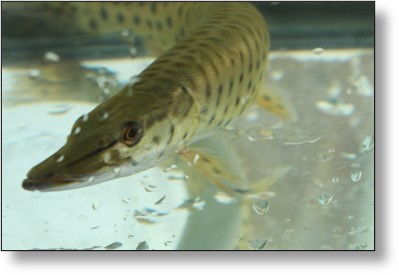Cory Suski
Integrating Resource Users into the Management of Recreational Fisheries to Enhance Sustainability
 Around the world, recreational angling is an important and popular use of fishery resources. Improper management of recreational fisheries can lead to population declines, and, in some instances, population collapse. A key piece of information that can help managers generate successful conservation strategies is why fish strike fishing lures. To date, there are two extant hypotheses as to why fish strike fishing lures. One relates to “boldness,” with bold individuals striking lures. The second relates to “calmness," with fish that are not easily startled more prone to strike fishing lures. Unfortunately, each of these mechanisms correlates with vastly different life history strategies for fish and would thereby necessitate different management and conservation interventions to ensure sustainability, resulting in a critical need to better understand mechanisms of lure striking in fish.
Around the world, recreational angling is an important and popular use of fishery resources. Improper management of recreational fisheries can lead to population declines, and, in some instances, population collapse. A key piece of information that can help managers generate successful conservation strategies is why fish strike fishing lures. To date, there are two extant hypotheses as to why fish strike fishing lures. One relates to “boldness,” with bold individuals striking lures. The second relates to “calmness," with fish that are not easily startled more prone to strike fishing lures. Unfortunately, each of these mechanisms correlates with vastly different life history strategies for fish and would thereby necessitate different management and conservation interventions to ensure sustainability, resulting in a critical need to better understand mechanisms of lure striking in fish.
Professor Suski’s research project has two main objectives. The first is to define mechanisms of lure striking in muskellunge—an important apex predator found in many lakes in Illinois, and a popular target for anglers. The second objective is to collaborate with angling groups that target muskellunge, not only to help integrate their experience and knowledge into project direction but also to help transfer knowledge and findings directly to stakeholders to ensure the adoption of conservation recommendations. Together, results from this work will have benefits for anglers in Illinois and serve as a model for the successful co-management of natural resources around the world.
